When Boris Johnson’s government announced in November last year that sales of new petrol and diesel cars would be banned in the UK from 2030, and that plug-in hybrids would be gone from showrooms by 2035, the heart rates of car enthusiasts everywhere rose several notches.
In the 130-odd years since buying a car became possible, timing a purchase and choosing a model have become a buyer’s inalienable rights. But now, suddenly, we who love owning, driving and just thinking about cars are feeling a new pressure to have a ‘by 2030’ strategy – either to join the electrified throng and experience the future early or to stay with internal combustion cars until we’re forced at last to change, or something in between. It has been a new and unsettling experience.
All of which is why Autocar has decided to suggest a way forward for four different kinds of car buyer: the early EV adopter; the latest-possible EV adopter; the one who is aware that EVs and charging infrastructure keep improving and would prefer to move at the ideal moment; and the EV convert who seeks the best possible driving experience.
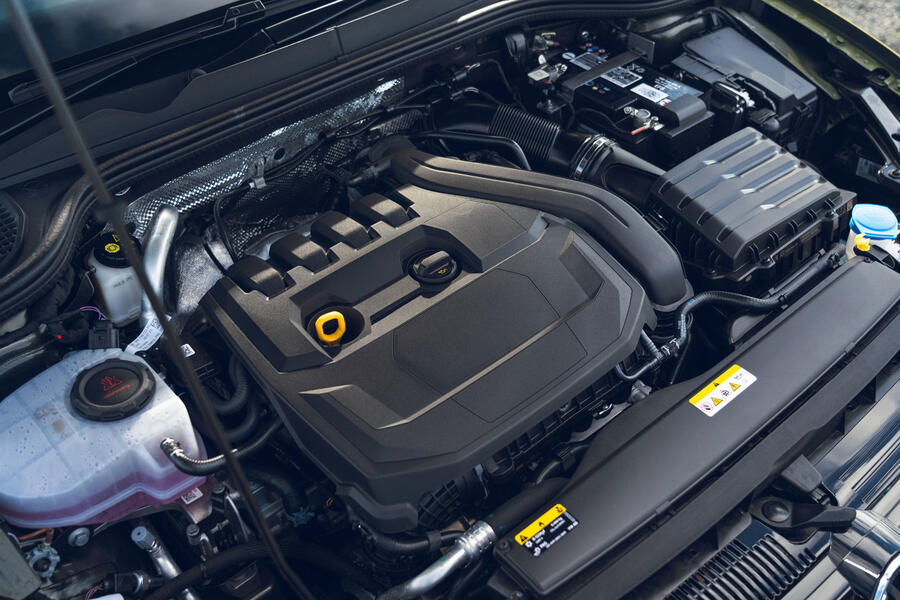
First, though, it’s important to understand that the pressure to decide isn’t as great as it seems right now. There are around 40 million cars and light commercial vehicles on Britain’s roads, overwhelmingly petrol- and diesel-powered. Given that modern cars can easily last 20 years and statisticians say it takes roughly 20 years for the current car parc to ‘work through’, many of the cars around you now will still be in full use in 2030. The car you choose in the next few years has the potential to take you a decade beyond the ICE deadline.
Even by 2030, when all new cars are fully electric or at least heavily electrified, three-quarters of the vehicles on Britain’s roads will still be motivated by internal combustion. EVs are unlikely to achieve a majority before 2040.
Through the 2030s, there will be a healthy supply of used petrol and diesel cars, including manufacturer-approved models. Supplies of liquid fossil fuels will be available well beyond 2040, although neither oil firms nor the exchequer will have much interest in making them cheap.
However, for those who prefer to continue buying new ICE cars, a more urgent problem looms: the Euro 7 exhaust emissions standards, which are likely to add considerably to the build cost of virtually any engine. The specifics of the new standard are due to be revealed by the EU this year, and implementation is likely by the end of 2025. Three versions are being considered: a ‘light touch’ standard and two that are more draconian – with draconian the likelier outcome.


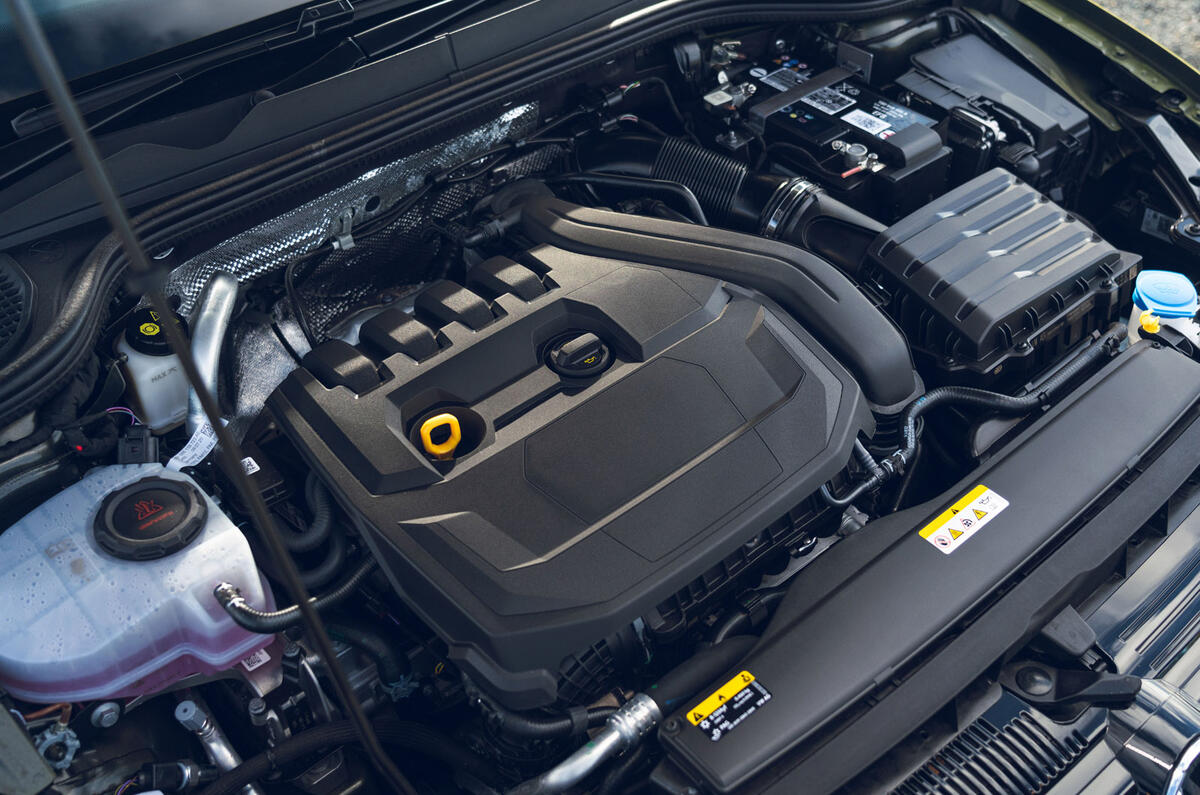
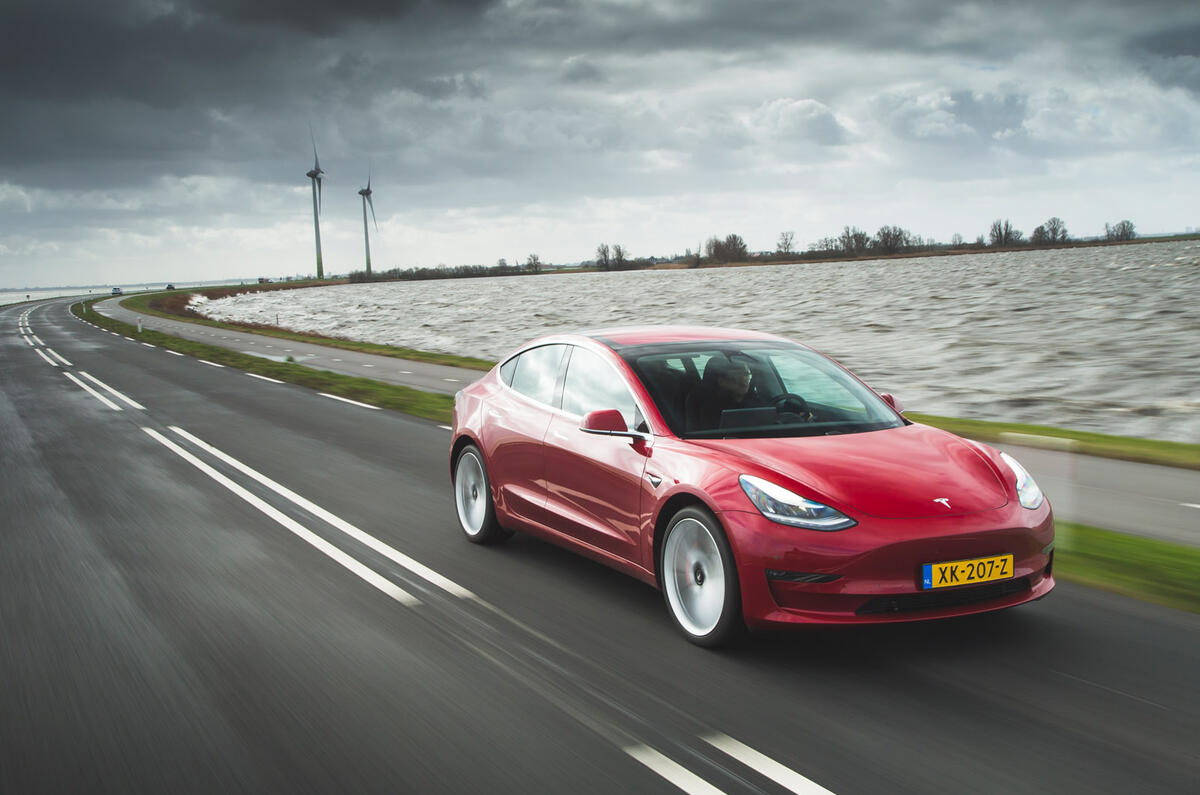
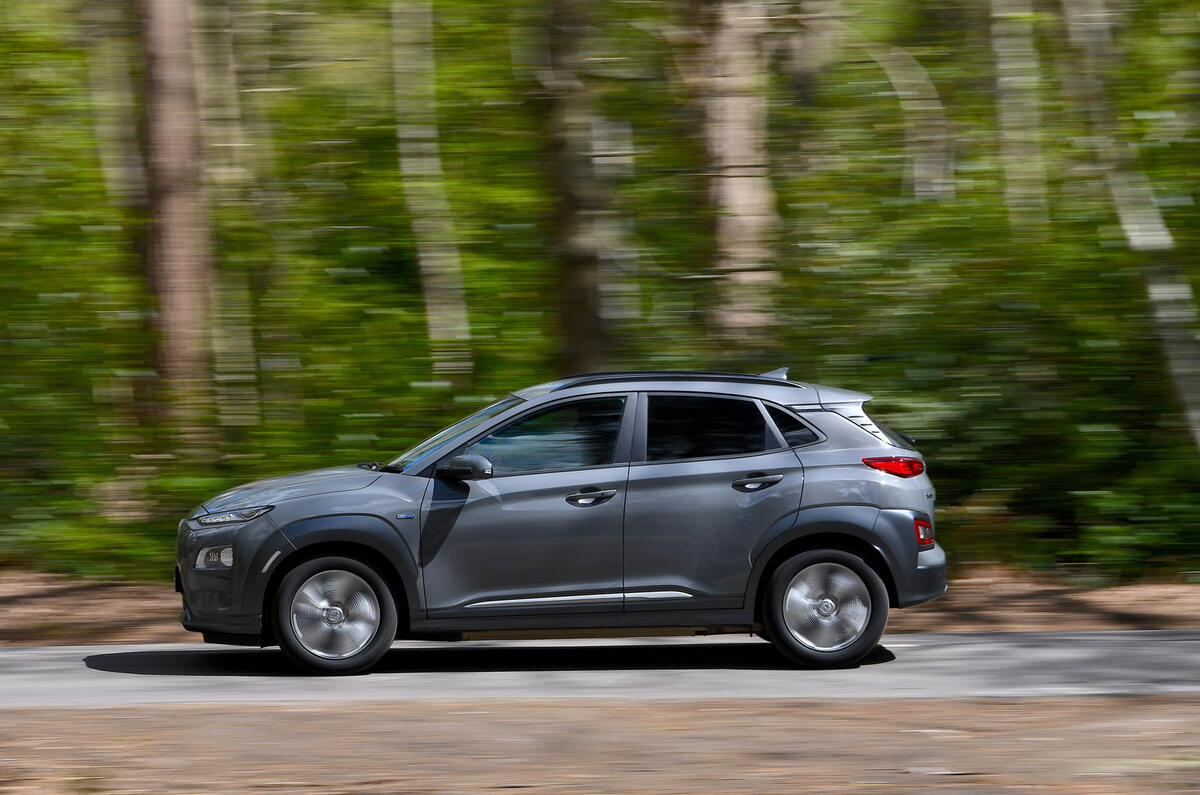
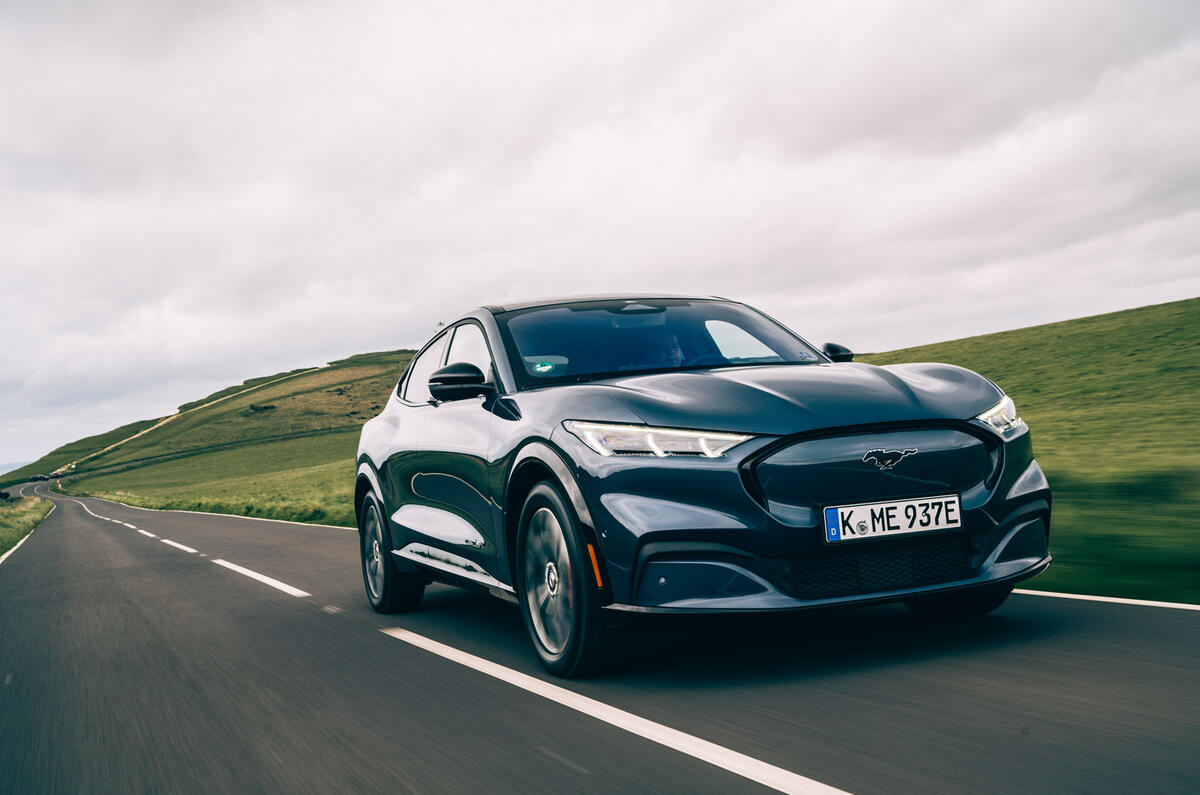

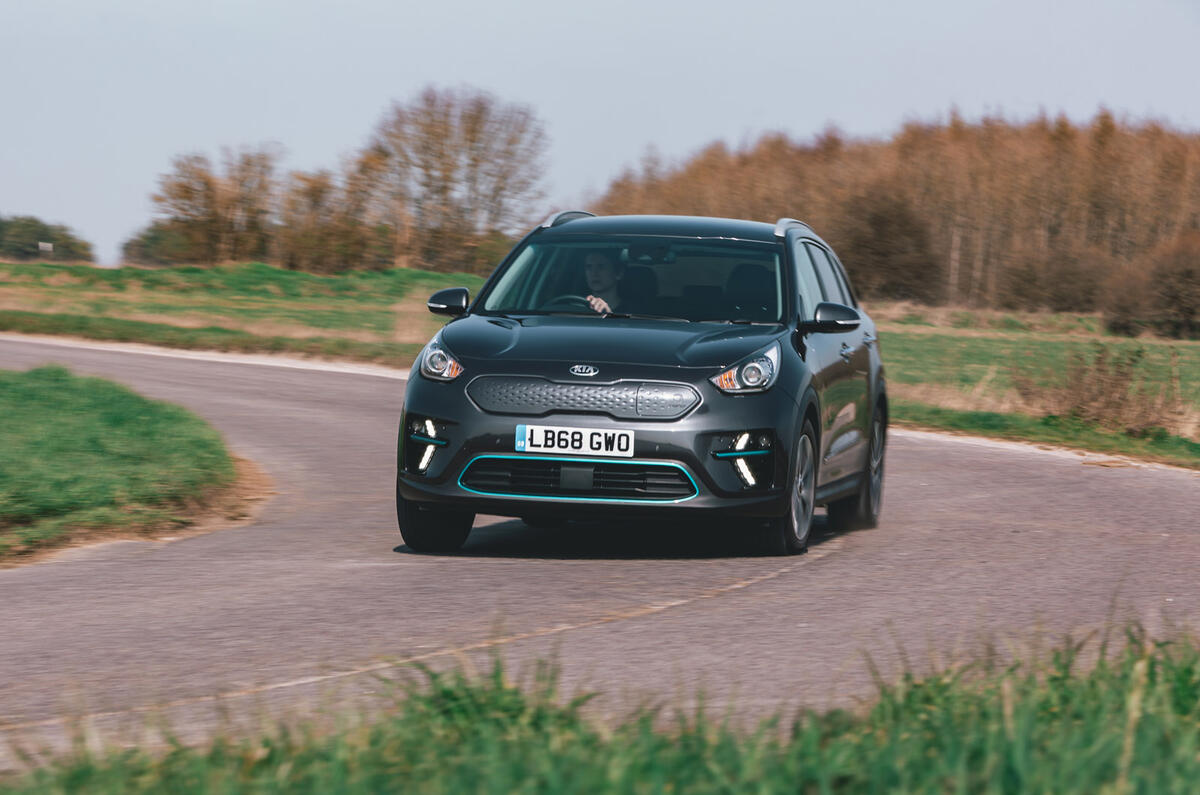


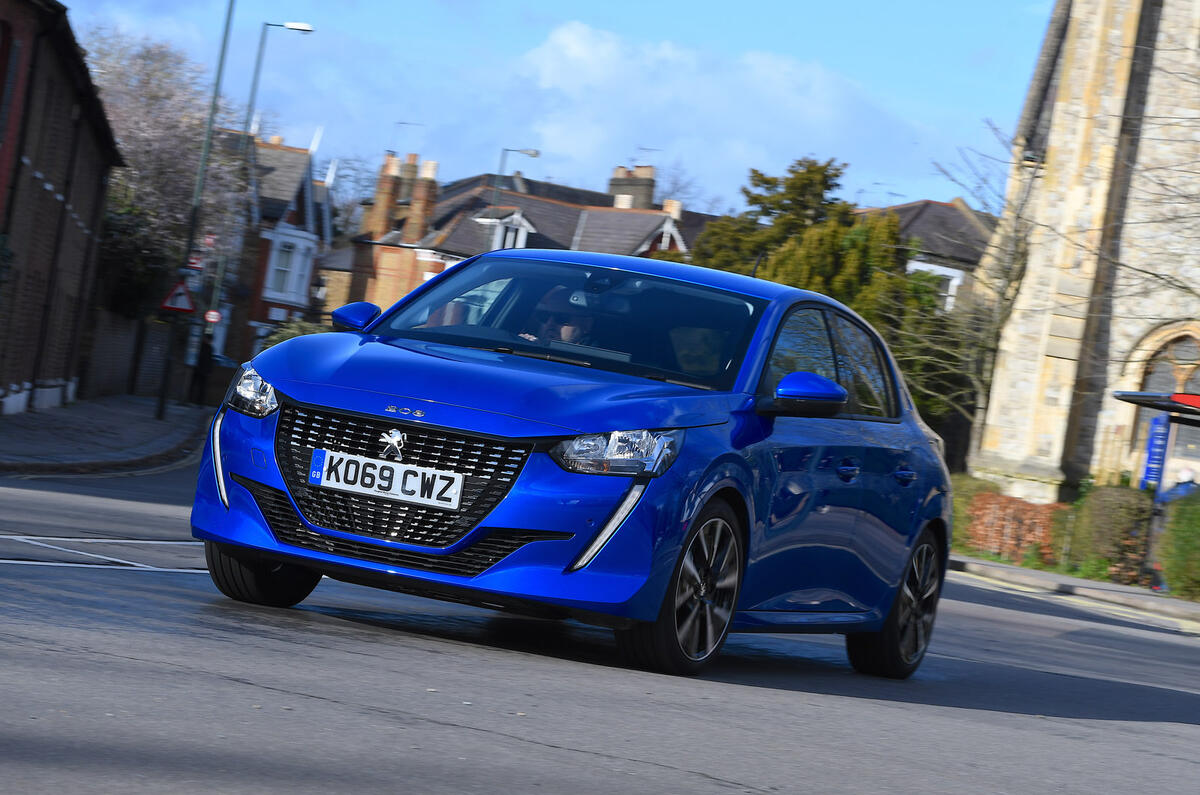
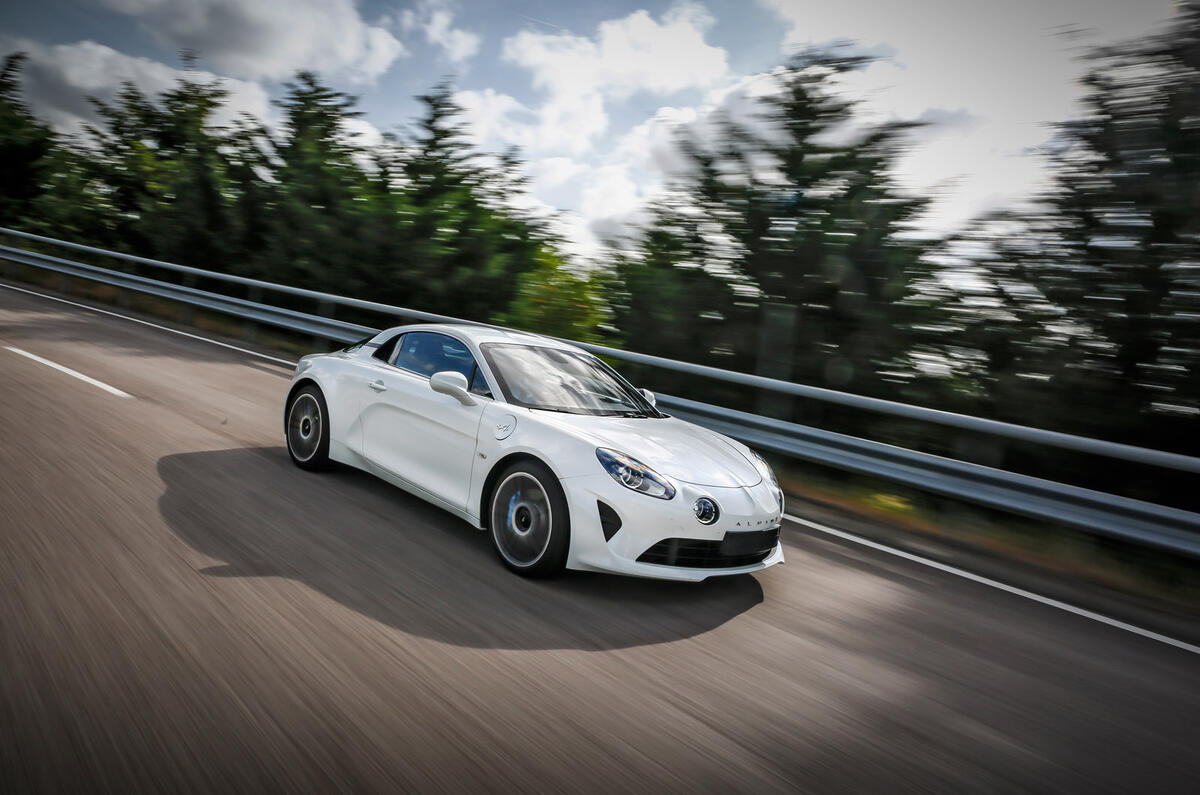
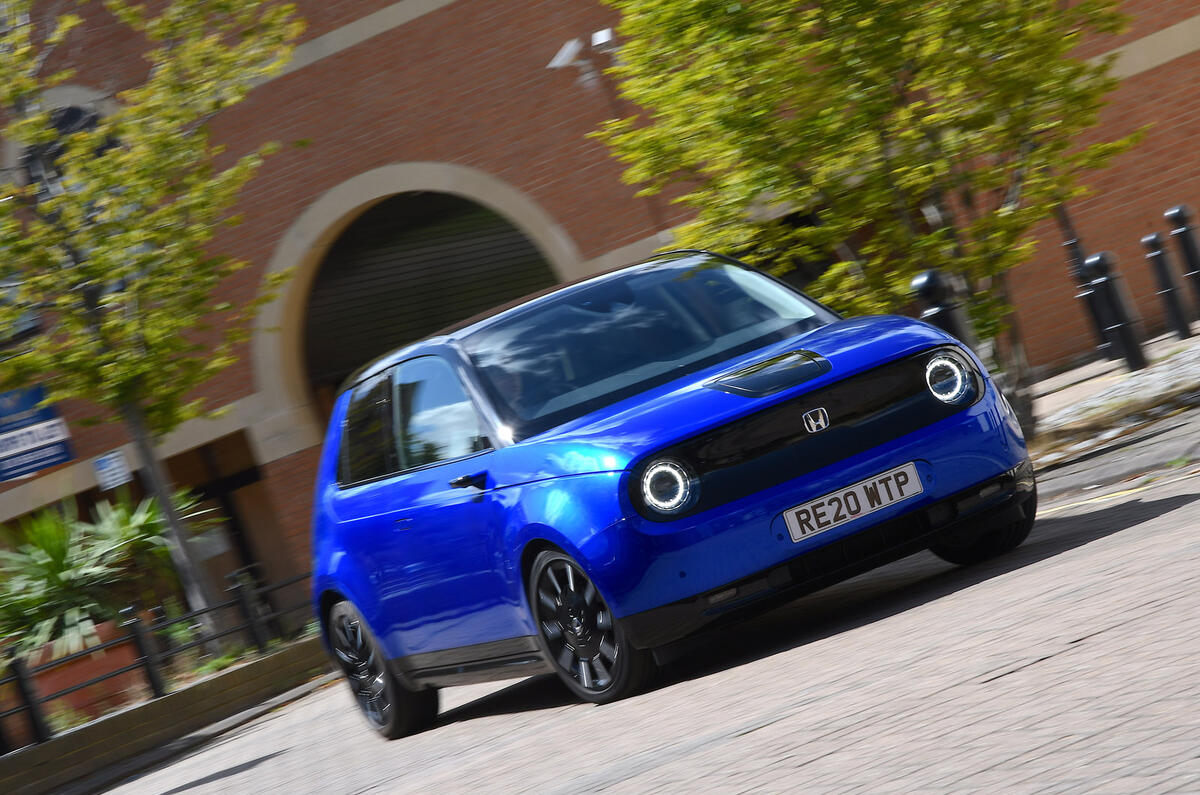
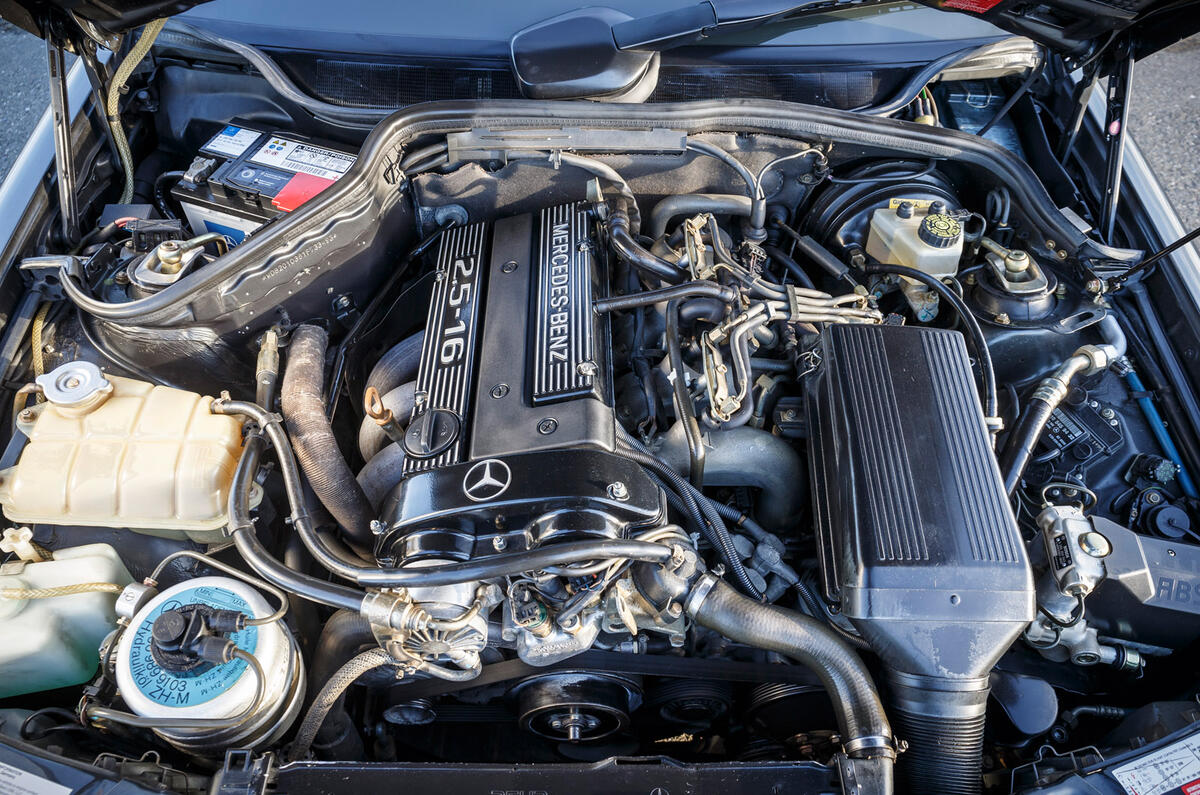
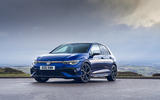
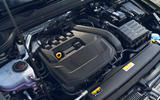
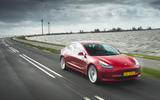
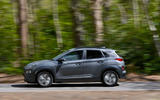
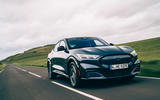
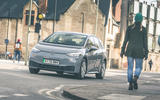
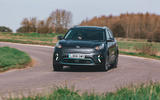
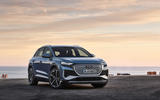
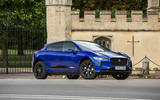
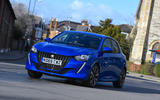
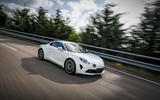
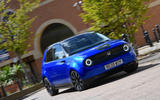
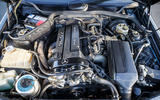

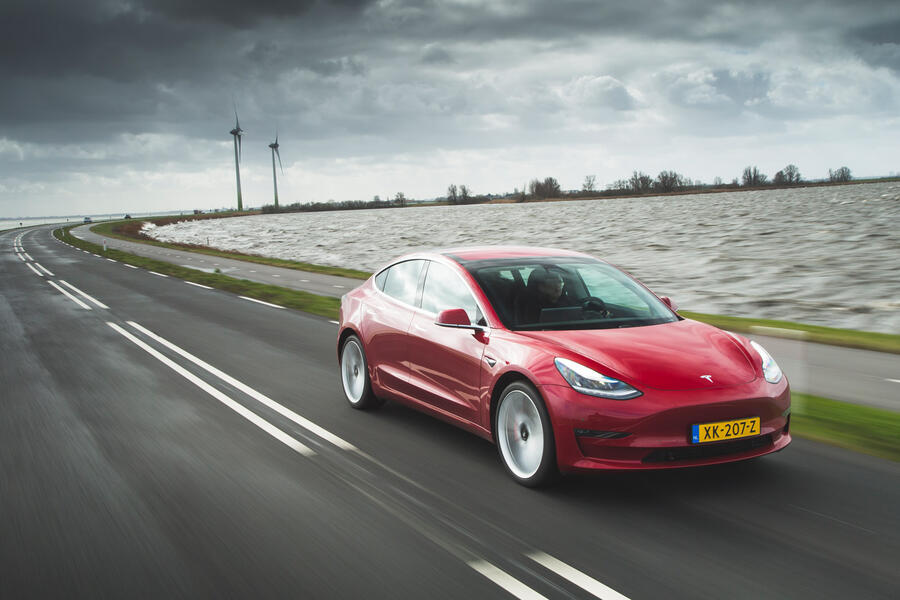
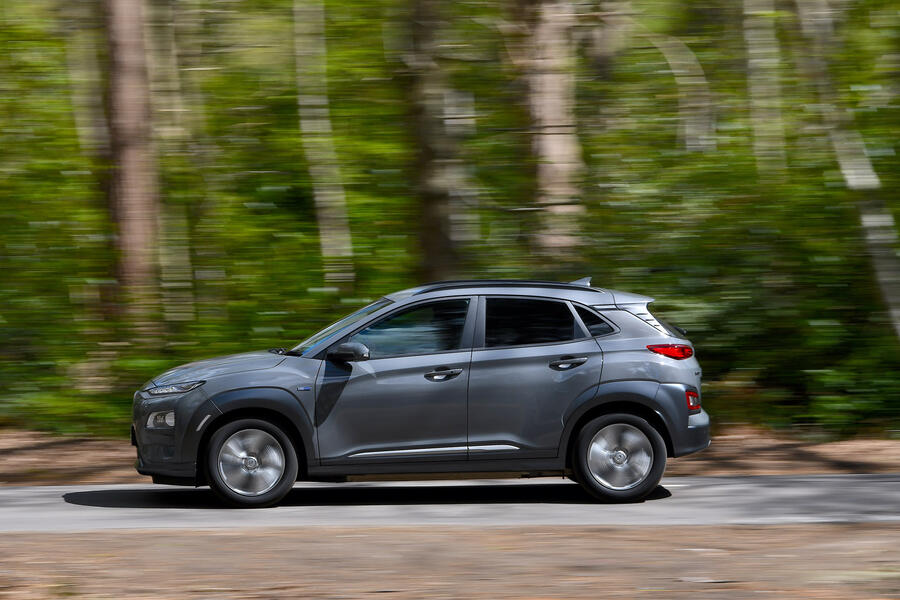
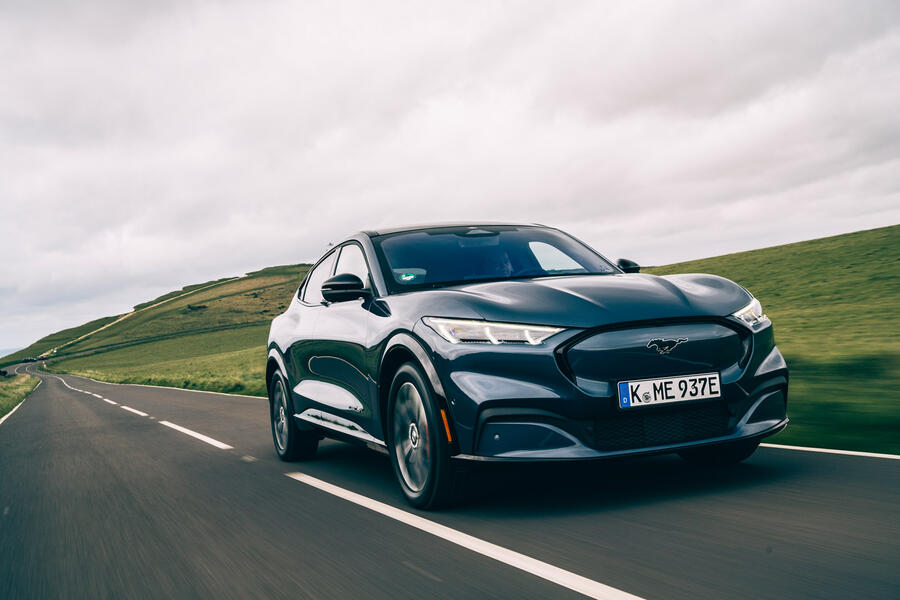
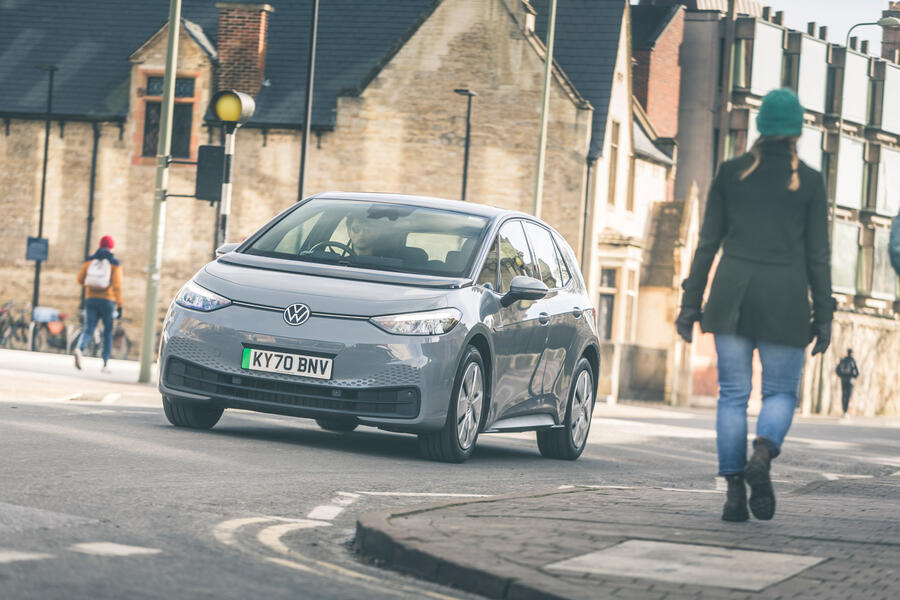
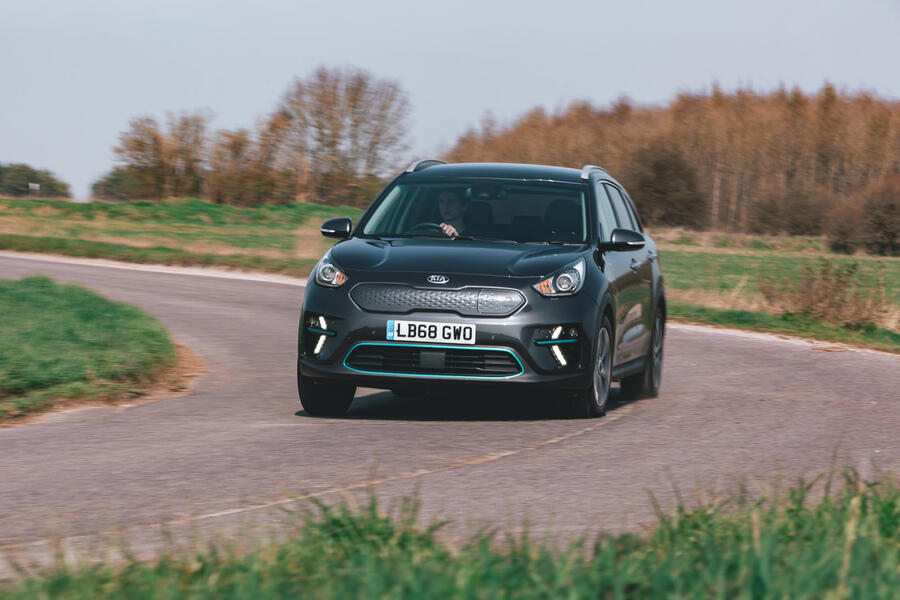
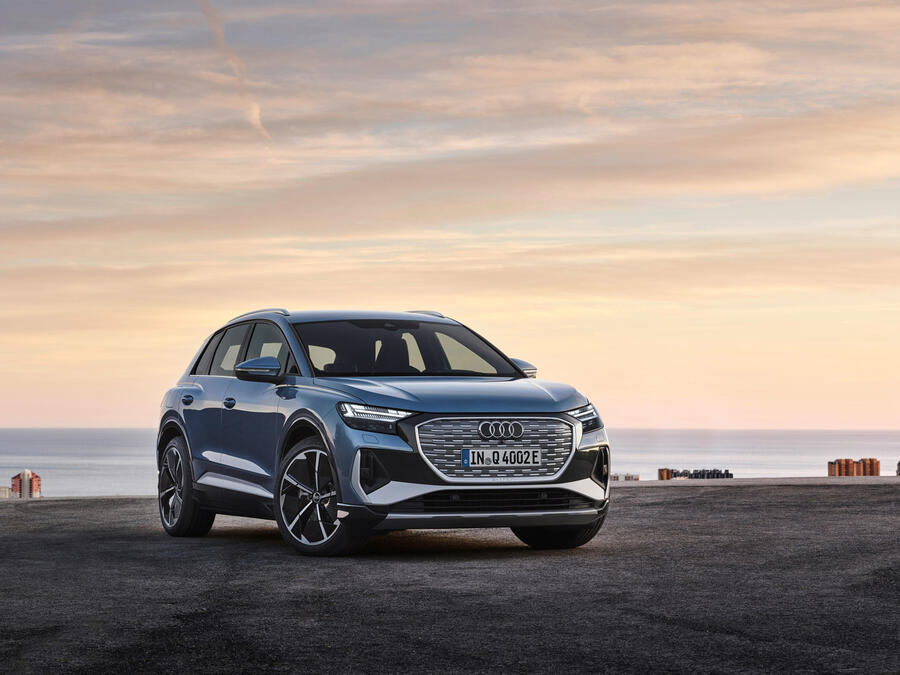
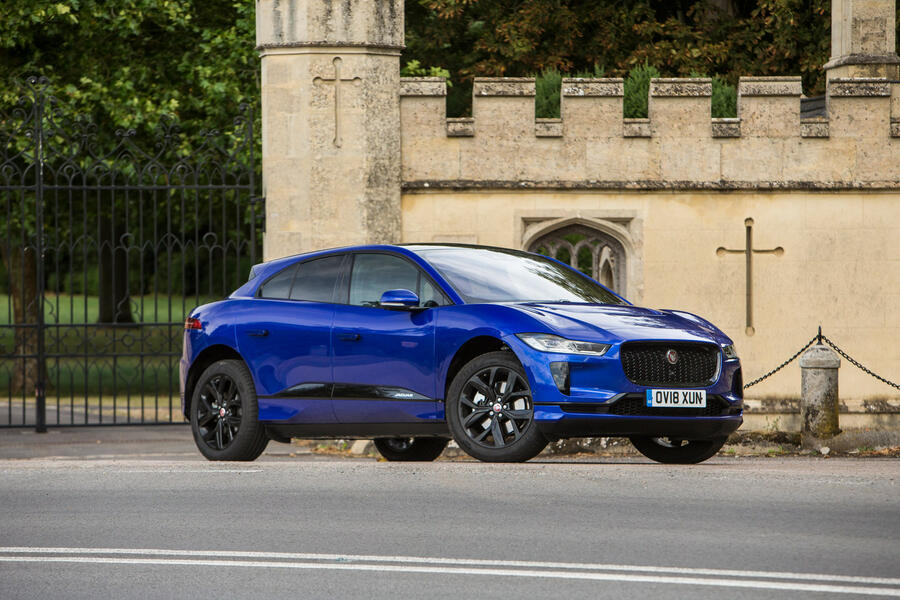
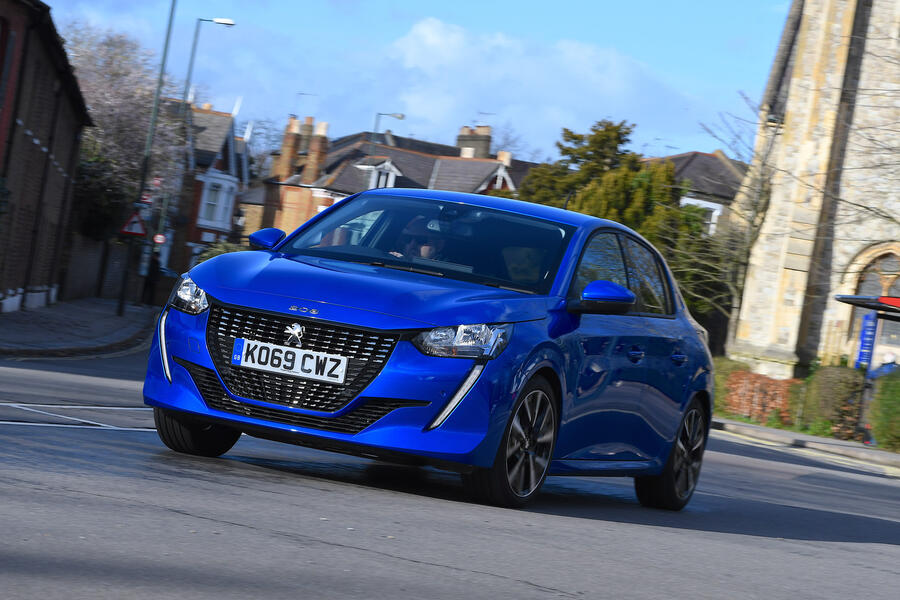
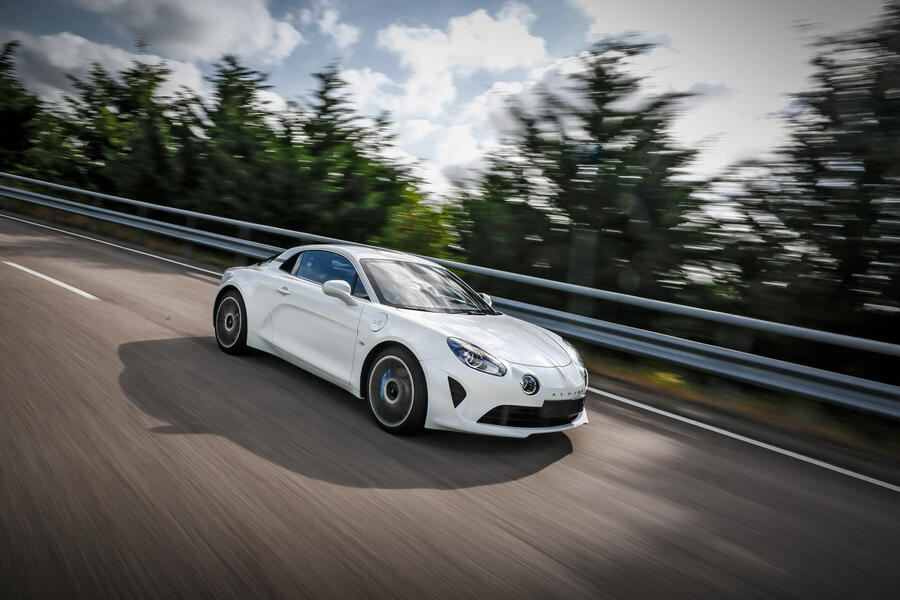
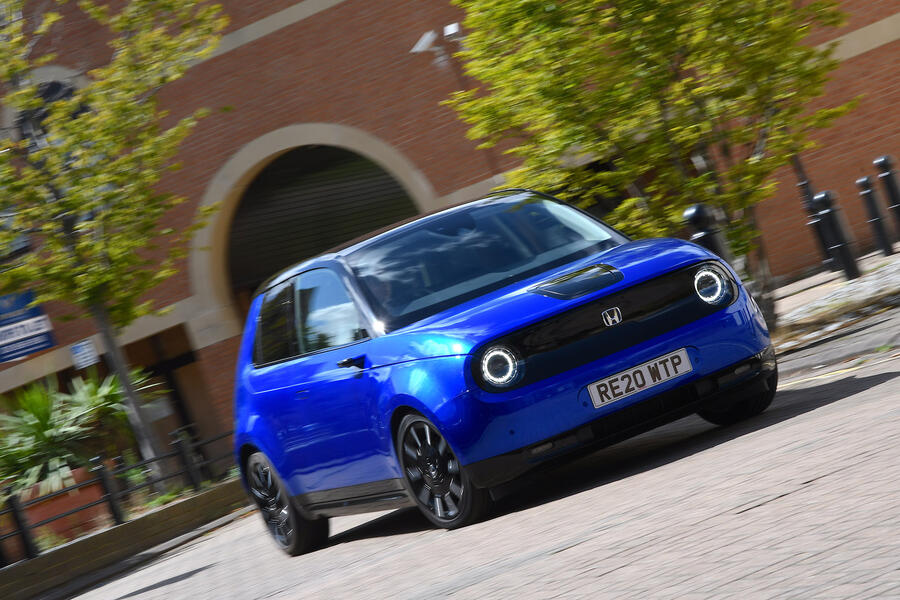





Join the debate
Add your comment
What about the 40% of motorists who live in houses where there is no hope of home charging? The government daren't start charging an arm and a leg for public charging as these people are usually less well off.
Most lampposts have bulbs that use about 60 Watts, so the wiring won't stand several lots of 7 kW chargers.
It's also said that most EV owners charge their car every night, so you can imagine the scramble for street chargers if they were installed..
At the moment , have an EV and an ICE Cars would be a good mix for me,and with the Pandemic our cars have only travelled about two thousand miles combined!, so, you'd say, just an EV then?, well, no, if we want to go on a Holiday, a staycation, we used to cover a few thousand miles,so an ICE Car would be preferable as until the EV infrastructure improves in terms of availability and reliability, I'm afraid I'll be do just that.
Apart from the current cost of EVs being an issue for many potential EV buyers, a major argument against buying an EV both now and probably for the next five years at least is that advances in battery technology will devalue most of the current EVs currently on the market (on top of the usual depreciation associated with age and wear and tear).
This is a real issue and you can see it playing out right now with EVs conceived and designed befrore, say, 2015. A good example is the BMW i3 - nobody wants them (and not just because of the quirky design).
This where the comparsion that is sometimes made between EVs (in their current form) and consumer devices (say, smart phones, tablets, and LCD TVs) is relevant. Although technical advances year on year with some of those devices has levelled off somewhat, there was a long period where annual or biennial new product launches devalued the previous models from the same manufacturers significantly.
Equally, with ICE cars, it's easy to see right now how advances in, say, crash safety systems and infotainment systems can add value to current models but also devalue the outgoing models from the same makers. This "unattractiveness" issue is being flagged more and more in reviews of cars built between, say, 1995 and 2015.
To some extent, car makers that are currently ramping up EV production would do themselves and buyers a big favour by designing their EVs so that electric motors and batteries can be replaced quickly and easily. This might help ensure that more of the EVs that will be going on sale over the next few years will have lifespans at least as good as the average ICE car.
Overall, my advice to anyone considering buying an EV before 2030 is to wait.